When you think of school, you may think of it as it looked when you went to school. Maybe your kindergarten looked like this…
In many schools, it still does.
When I see this picture, I get a sick feeling in my stomach. I remember sitting with my hands on my desk forced to keep my mouth shut. The teacher did all the talking. She only called on people who she believed knew the answer. If I answered wrong, I was humiliated. Now I did have some good experiences during my education, but seeing this configuration brings back some of those awful feelings. I even worked in schools where the desks were bolted to the floor. It really is all about control. I know that teachers can only do with what they have, but there are other options for learning spaces.
Reggio Emilia is a learning approach where the environment is the Third Educator. The learning spaces are significant for the learner to learn. There is a flow and adults are observing and chronicling the learning. This approach was started after World War II in the city of Reggio Emilia for preschool and now is being explored for K-12 around the world.
Learning spaces are all about design. What is design as it relates to school? Design encourages creativity and innovation. It helps you shape your ideas and thoughts. If the design is restricting you from moving or exploring, it may also restrict your thinking. At ISTE 2013 in San Antonio this year, I visited Steelcase – an interesting furniture design company for organizations including schools. They have chairs that swivel with spaces to store your backpack — desks that move and link.
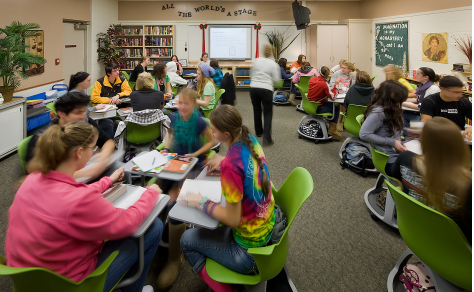
“A lot of times now, I am grabbing a chair and becoming a part of the groups, which has changed how I do things.”
Sheri Steelman, Northview High School teacher [source]
Steelcase also had some very cool tables that group and let you connect your iPad or other tablet to a display. Other tables had places to hang small whiteboards with handles and use a slot to stand them up right on the table to continue working. I want that. Just grab and whiteboard and go. If you know me, then you know I definitely would love this…
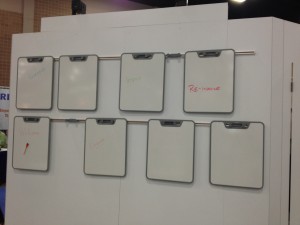 Then they took me over to an area with a couch with round tables and ball chairs. The couch has sound proofing behind it. Cool! Look at the round flip chart pages on the top of the round table that you can pull off and use for brainstorming. The ball chairs moved up and down and were just like the exercise ball I sit on while I work. I want one!!
Then they took me over to an area with a couch with round tables and ball chairs. The couch has sound proofing behind it. Cool! Look at the round flip chart pages on the top of the round table that you can pull off and use for brainstorming. The ball chairs moved up and down and were just like the exercise ball I sit on while I work. I want one!!
Chris Edwards, a Year 2 teacher at Chad Varah Primary School Lincoln in the UK. He shared with us (me and Kathleen McClaskey, co-founder of Personalize Learning) what his classroom looks like as part of “messy learning.” As a musician, artist, and education technologist, Chris just couldn’t see teaching like he was taught. His kids have iPads and different learning zones to create, design, and engage in the learning process. Check out Chris’ Messy Learning website and watch for more from this innovative educator.
In Sweden, architect Rosan Bosch designed the school to encourage both independent and collaborative work such as group projects and PBL. Even the furniture is meant to get students learning. Bosch says each piece is meant to “aid students in engaging” while working.
- How would you design school?
- Would you call this space where learning happens school anymore?
- What would you call it?


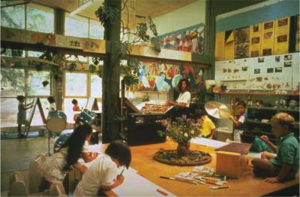
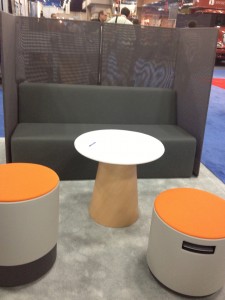

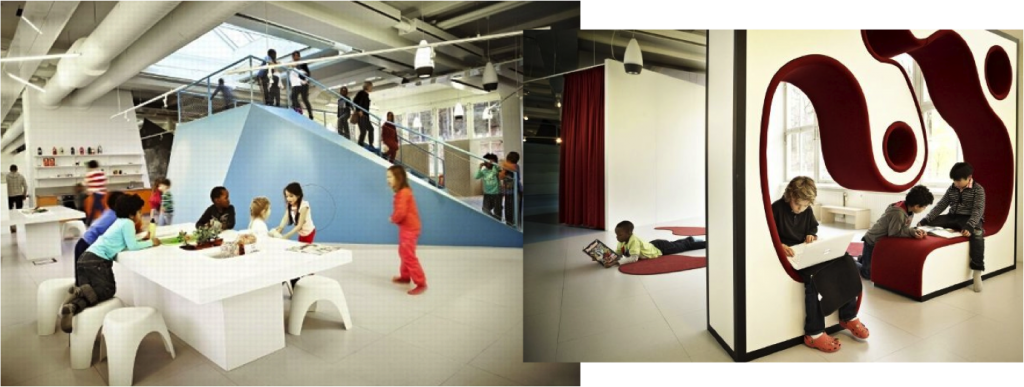


[…] How would you design school? What if you thought of it as anytime, anywhere learning spaces, would that be more conducive to learning? Look at how design impacts learning and asks how would you design school. […]
Thank you Barbara for your passion and leadership in putting each student’s learning soul first!
[…] How would you design school? What if you thought of it as anytime, anywhere learning spaces, would that be more conducive to learning? Barbara Bray looks at how design impacts learning and asks how would you design school? […]
[…] “ How would you design school? What if you thought of it as anytime, anywhere learning spaces, would that be more conducive to learning? Barbara Bray looks at how design impacts learning and asks how would you design school?” […]